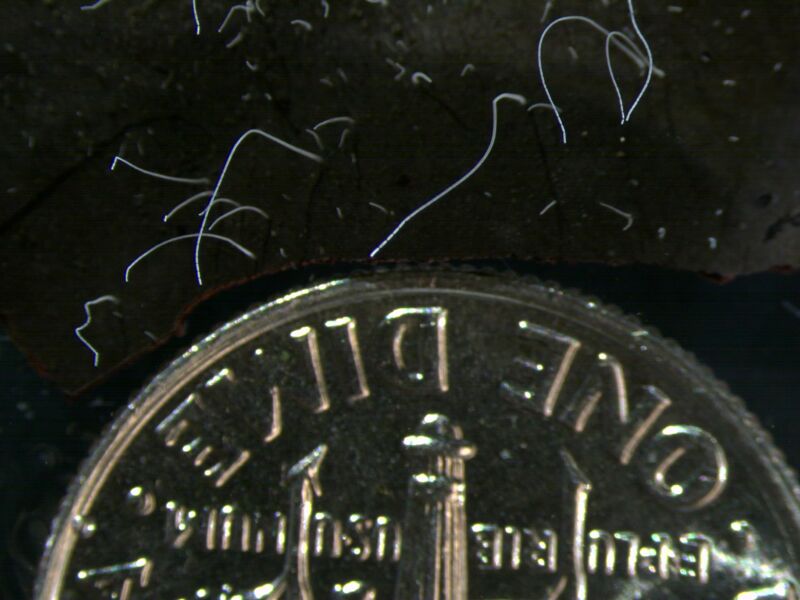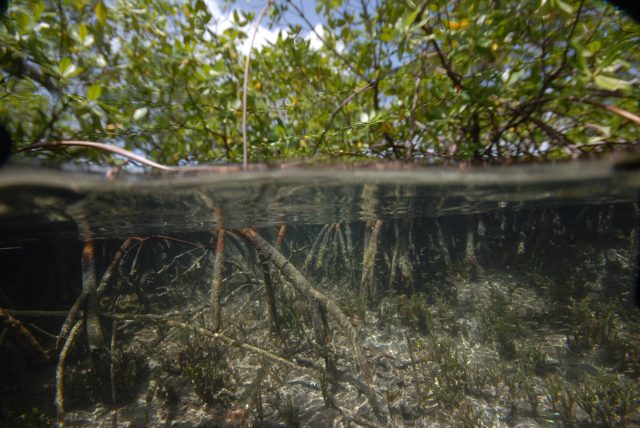
Enlarge / The bacteria, Ca. Thiomargarita magnifica, discovered in the French Caribbean mangroves is a member of the genus Thiomargarita. (credit: Tomas Tyml)
Clinging to sunken debris in shallow, marine mangrove forests in the French Caribbean, tiny thread-like organisms—perfectly visible to the naked eye—have earned the title of the largest bacteria ever known.
Measuring around a centimeter long, they are roughly the size and shape of a human eyelash, batting away the competition at 5,000 times the size of garden-variety bacteria and 50 times the size of bacteria previously considered giant. In human terms, this is akin to coming across a person as tall as Mount Everest.

Views of the sampling sites among the mangroves of Guadeloupe archipelago in the French Caribbean, April-May 2022. (credit: Pierre Yves Pascal)
Olivier Gros, a biologist at the University of the Antilles, discovered the prokaryotes in 2009, noticing them gently swaying in the sulfur-rich waters among the mangroves in the Guadeloupe archipelago. The bacteria clung to the leaves, branches, oyster shells, and bottles that sunk into the tropical swamp, Gros said in a press briefing.
Read 6 remaining paragraphs | Comments
